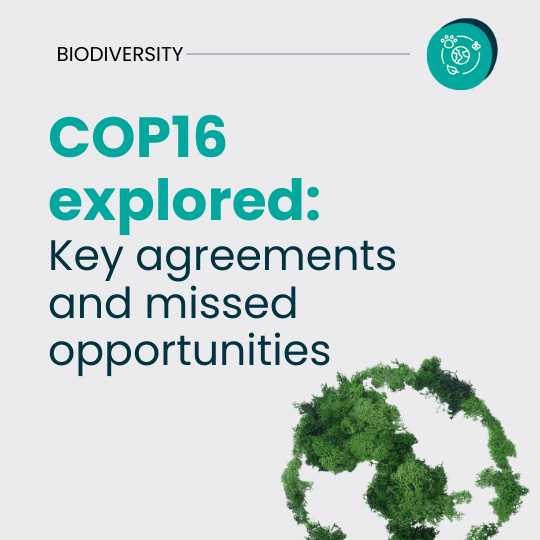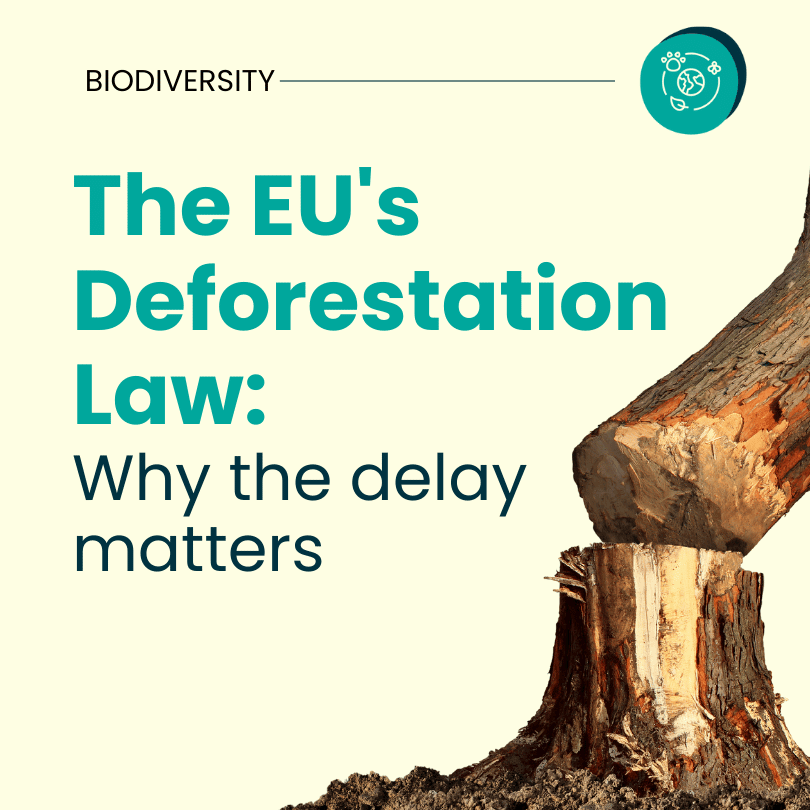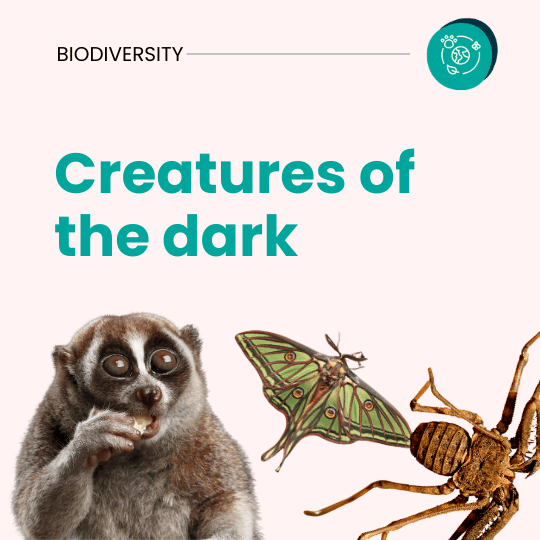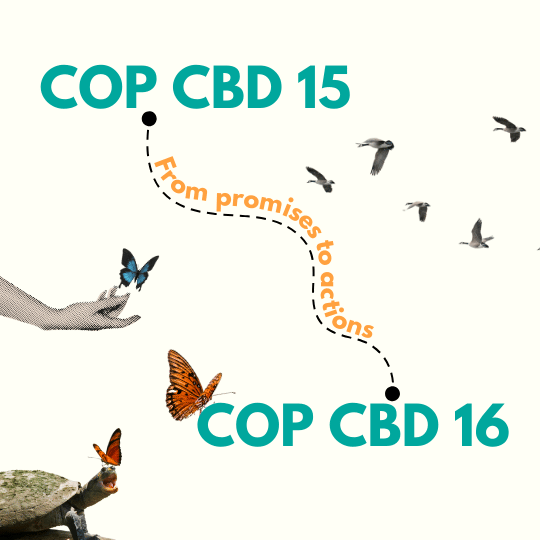State of the world’s migratory species
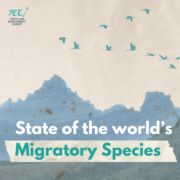
44%, that is the percentage of migratory species listed under the Convention on Migratory Species (CMS) on the path to extinction. The CMS recently published a first of its kind report on the state of the world’s migratory species. This landmark report shows us that we need to take immediate action in order to preserve these amazing animals that know no borders.
Written by

Ashton Melfor

Emilie Tamo Kamguia
Contents
Share this article
What is the CMS?
The Convention on Migratory Species of Wild Animals is a United Nations (UN) treaty. The goal of this treaty is to promote the sustainable use and conservation of migratory species and their habitat throughout the world. Under this treaty governments and wildlife experts must collaborate to address the issues surrounding animals that make migratory journeys on land, in the air and sea. The Convention has 133 members spread across every continent, except North America.
Visual summary
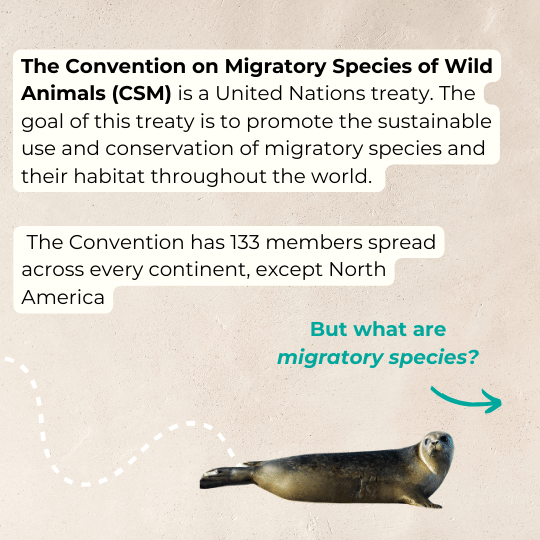
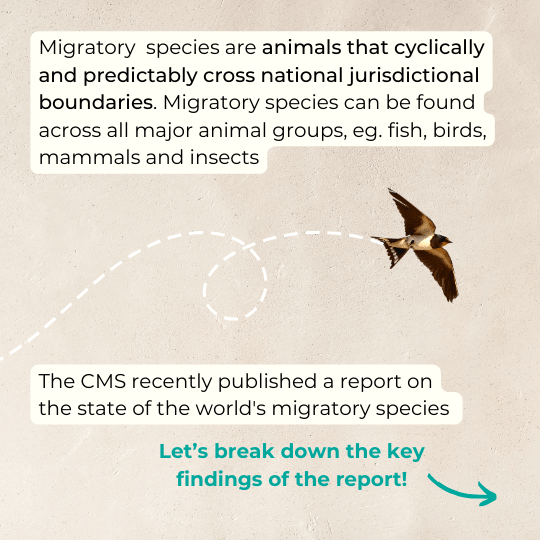
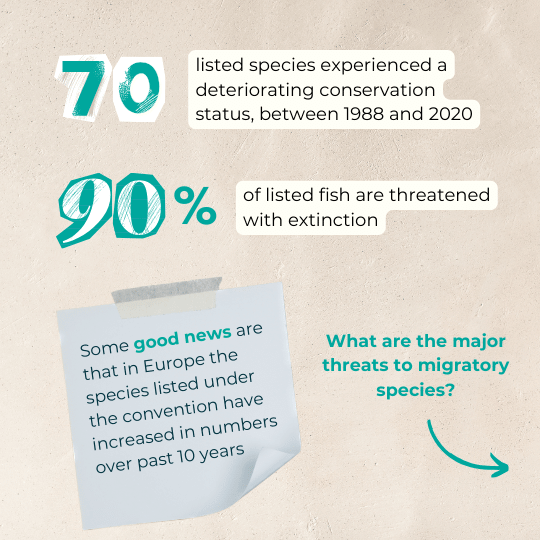
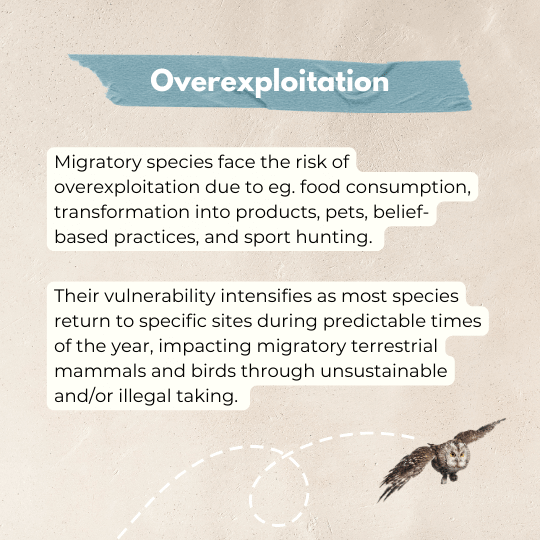
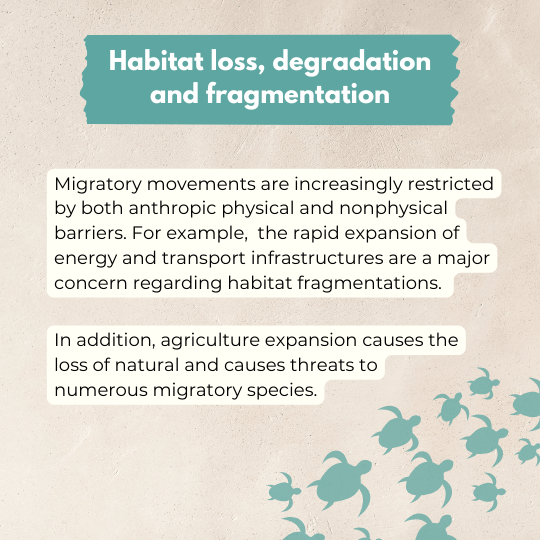





Looking closer at the conservation status of migratory species.
We often hear the words critically endangered, endangered and many more terms thrown around, but what do these terms actually mean for the CMS species being categorised and their conservation?
Let’s explain with an example, the Humpback whale (Megaptera novaeangliae). After a major decline in population size to 450 individuals from 27,000, the western South Atlantic sub-population has reportedly recovered 93 % of its population size. This puts the global population of this majestic creature at around 80,000 individuals. For this reason the Humpback whale is classified as least concern. But the same can not be said for other sub-populations of the Humpback whale. Most are still endangered. So we must be careful when discussing threat level classifications. As global classifications do not always reflect regional or local conservation status of species.
Across the board, the extinction risk is rising for migratory species under the CMS. The report highlights that in the period of 1988 to 2020, 70 listed species experienced a deteriorating conservation status, hence leading to a higher Red List threat category. On the other hand only 14 listed species had a genuinely improving conservation status. Something very important that the report mentions is that, globally 399 migratory species are not listed under the CMS. These species are mostly fish and birds. This is an unfortunate fact as these species can not benefit from CMS protection. They deserve more investigation by the CMS countries and scientists.
Of the species listed under the CMS the future of migratory fish are particularly concerning. 97% of these fish are threatened with extinction. Furthermore, most have a declining population. Compared to fish, mammals and birds are doing a bit better overall. 78% of birds and 44% of mammals have a population of least concern. However, in reality this still means that 134 (14%) birds and 63 (40%) mammal species are still threatened with extinction.
For us here in Europe, there is some good news. As the report says that in the past 10 years, migratory species listed under the CMS in Europe have increased in numbers. Which means a more positive Red List threat status. Fortunately, this is also the case for migratory species in the Caribbean, South and Central American regions.
Revealing threats to migratory species: human activities in the spotlight
Navigating across vast distances, migratory species encounter significant challenges caused by human activities, not only during their journeys but also at pivotal locations for their feeding and reproduction processes. The CMS indicates that 58% of monitored sites, vital for CMS-listed species, are at risk due to anthropogenic reasons.
The report’s in-depth analysis exposes the two most pressing human-induced threats impacting migratory species:
Overexploitation
Migratory species globally face the risk of overexploitation serving various purposes such as food consumption, transformation into products, pets, belief-based practices, and sport hunting. Their vulnerability intensifies as most species return to specific sites during predictable times of the year, impacting migratory terrestrial mammals and birds through unsustainable and/or illegal taking. The oceans, too, witness the consequences of overfishing and the unintended capture of non-target animals, posing a significant challenge to marine migratory species worldwide.
Habitat loss, degradation, and fragmentation
Migratory terrestrial and marine movements are increasingly restricted by both anthropic physical and nonphysical barriers, disrupting vital connectivity for a large range of species. The rapid expansion of energy and transport infrastructures emerges as a major concern regarding habitat fragmentation and its impact on migratory behaviours. In addition, agriculture expansion causing the loss of natural lands and intensification of practices to meet growing human food consumption are key threats to numerous migratory species.
The report reveals other pressures faced by migratory species such as climate change and pollution. These findings highlight the urgent need for immediate intervention to address these threats and ensure the survival of these species and the habitats they depend on.
Unifying efforts to protect migratory species : a wake-up call fo urgent action
After detailing the numerous pressures confronting migratory species, the CMS issues a clear call to immediate, collaborative and international action. Governments, communities, the private sector, and other stakeholders are urged to come together to ensure the survival of migratory species.
While the State of the World’s Migratory Species report presents a concerning scenario, it also highlights successful conservation efforts and policy changes from local to international, demonstrating that viable solutions exist. Achievements include multilateral initiatives to tackle illegal taking of migratory birds and the establishment of international task forces like the CMS Energy Task Force, aiming to reduce renewable energy projects impacts on migratory species. However the report emphasises the need to amplify and expand these efforts globally to achieve conservation objectives.
To combat overexploitation of migratory species, the report’s priority recommendations for action include implementing stricter national legislation, improving monitoring of legal developments, and reinforcing initiatives to tackle illegal, unsustainable taking along with mitigating incidental catch. Addressing habitat loss, degradation and fragmentation requires additional identification and effective protection of crucial sites for migratory species, getting further knowledge on the threats they face, ensuring their ecological connectivity and restoring them when necessary. Urgent attention should be directed towards nearly extinct species, especially CMS-listed fish species. Proposals also include completing the CMS listings with overlooked endangered migratory species, demanding national and international attention. The report finally advocates for implementing ambitious initiatives to tackle climate change and light pollution.
The alarming decline of migratory species populations and broader biodiversity loss due to numerous anthropic threats raises an urgent imperative: a collective and global acceleration of efforts to ensure their future existence is necessary. The CMS, serving as a worldwide cooperation platform, plays a critical role in providing solutions and mobilising forces at every level.
As youth we also have a role to play. Whether we are volunteering for local environmental organisations, advocating for the environment or getting involved in political discussions our voice can stimulate change!
More articles on Biodiversity
Our mission
 YEE aims to unite environmental youth non-profit organisations in Europe in order to enhance international cooperation, increase knowledge about the climate crisis, raise awareness of environmental problems and to strengthen participation of youth in environmental decision-making.
YEE aims to unite environmental youth non-profit organisations in Europe in order to enhance international cooperation, increase knowledge about the climate crisis, raise awareness of environmental problems and to strengthen participation of youth in environmental decision-making.
Get in touch
Vinohradská 2165/48
120 00 Praha 2 – Vinohrady
Czech Republic
E-mail: yee@yeenet.eu


Financially supported by the European Youth Foundation of the Council of Europe. The views expressed do not necessarily reflect the official position of the Council of Europe


